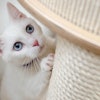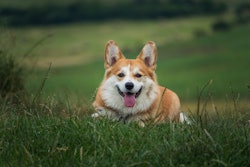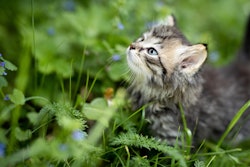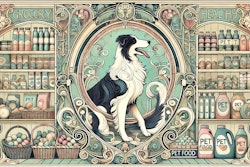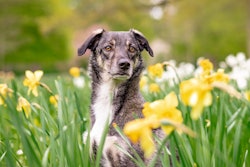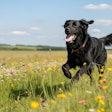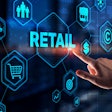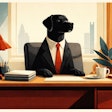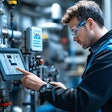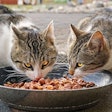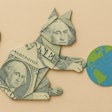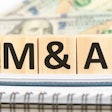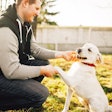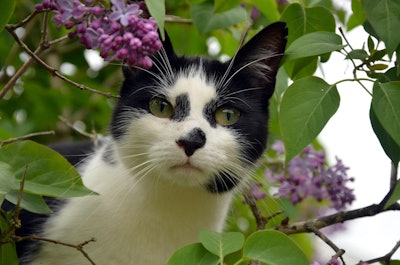
The pet industry's inflation rate, dubbed "petflation" by industry analyst John Gibbons of PetBusinessProfessor.com, has now slowed significantly from its peak levels. In his latest monthly report, Gibbons noted that pet food prices have been deflating for 15 of the past 16 months, a major contrast to the grocery inflation rate of 2.4%.
"Pet Food has the highest 22>23 rate but is only #5 in the 21>25 rates," Gibbons explained in his analysis. "Deflation in the first half of 2021 kept YTD prices low then they surged in 22 and especially in 23."
The broader picture shows petflation running well below the national Consumer Price Index, which hit 2.7% in June. This marks a significant shift from the peak inflation period when pet prices were rising faster than the overall economy.
Services drive petflation, while products fall
The story behind the numbers reveals a tale of two markets within the pet industry. While pet food and supplies prices have been moderating or even falling, pet services continue to inflate at much higher rates.
"Petflation is 2.1%," noted Gibbons. "The combined CPI for the Service Segments is 5.6%, while the Pet Products CPI is -0.5%. This disparity reflects different market dynamics across pet categories."
Pet services, which include grooming, boarding and training, have maintained higher inflation rates partly because they're driven by higher-income pet owners who are less price-sensitive, said Gibbons. Meanwhile, pet products face more direct price competition and have seen deflationary pressures.
Veterinary services remain the most inflated category, with what Gibbons said is "the highest average rate" at 6.6% over the past six years. This trend is particularly concerning for pet owners as veterinary care is often non-discretionary spending.
Cumulative impact still hurts
Despite the recent moderation, Gibbons emphasized the cumulative effect of years of inflation remains significant. "Pet prices are 24.2% above 2021 and 28.5% higher than 2019," he noted. "Those are big lifts."
The analyst pointed out that current June pet prices for services and total pet spending are at historic highs, even with the recent slowdown. Only pet supplies prices have increased by a more modest 11.6% since 2019, making them the least impacted category.
This cumulative inflation burden is reshaping consumer behavior across the pet industry. "Since price/value is the biggest driver in consumer spending, inflation will affect the pet industry," Gibbons said.
How pet owners are adapting
The sustained price increases are forcing pet owners to make difficult choices. Gibbons predicts veterinary services will see reduced visit frequency as pet owners stretch out routine care. For pet products, he expects "a strong movement to online purchasing and private label" as consumers seek better value.
The supply chain disruptions and inflation have also changed the industry landscape. At recent trade shows, Gibbons observed "a huge number of exhibitors actively offered their OEM services," indicating increased interest in private label manufacturing as retailers seek to offer more affordable alternatives.
Pet food, traditionally a premium market, might see some trading down as price-conscious consumers look for value options, added Gibbons. The recent deflation in pet food prices, however, could provide some relief and potentially slow this trend.
Looking forward: challenges and opportunities
While the current inflation trends offer some optimism for the pet food industry, Gibbons warned of potential new challenges on the horizon. The possibility of new tariffs could impact pet supplies, which often rely on imported components or finished goods.
"Supplies would likely be the most impacted by new high tariffs," Gibbons noted, using the term "tarifflation" to describe this potential additional cost pressure.
The industry continues to navigate these complex dynamics as it moves toward what Gibbons calls "more normal spending patterns" in 2025. The question remains whether the current moderation in petflation will persist or if new economic pressures will reignite price increases.
For pet owners, the recent trends offer a mixed picture. While pet food prices have stabilized and even declined, the cumulative effect of years of inflation means they're still paying significantly more than they did before the pandemic. Services remain expensive, and veterinary costs continue to outpace general inflation.
Gibbons added the June data suggests that while pet owners aren't out of the woods yet, the worst of the petflation surge may be behind them. With prices still dramatically higher than pre-pandemic levels, however, the focus now shifts to whether these elevated prices will become the new normal or if further relief is on the horizon.


